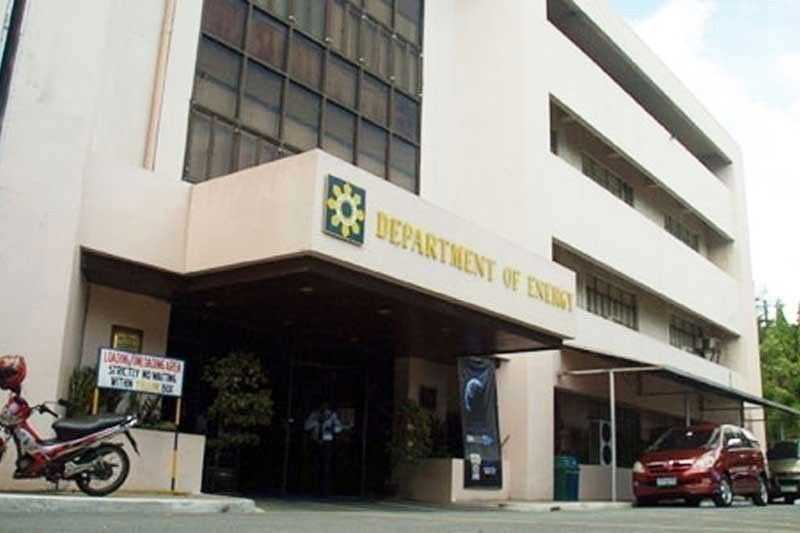New payment mechanism for power ancillary services ready
Patrick Miguel – The Philippine Star April 5, 2024 | 12:00am CPM is a principle wherein the cost of ancillary services shall be shouldered by the Wholesale Electricity Spot Market (WESM) Member that causes the utilization of AS. These may include generation companies, transmission network service providers (NSP) and WESM customers, the DOE said in […]


Patrick Miguel – The Philippine Star
April 5, 2024 | 12:00am
CPM is a principle wherein the cost of ancillary services shall be shouldered by the Wholesale Electricity Spot Market (WESM) Member that causes the utilization of AS. These may include generation companies, transmission network service providers (NSP) and WESM customers, the DOE said in a draft circular.
STAR / File
MANILA, Philippines — The Department of Energy (DOE) is soliciting stakeholders’ comments for its plan to adopt the so-called Causer Pays Mechanism (CPM).
CPM is a principle wherein the cost of ancillary services shall be shouldered by the Wholesale Electricity Spot Market (WESM) Member that causes the utilization of AS. These may include generation companies, transmission network service providers (NSP) and WESM customers, the DOE said in a draft circular.
Moreover, CPM will be following the reserve responsibility share (RRS) formula to “determine the share or contribution factor of each WESM member to the costs of each type of AS,” according to DOE.
The RRS of each generation company is calculated by the market operator (MO) through a “runway model,” computed based on the real-time dispatch schedule and reliability performance of the generation companies.
This means that costs of primary reserves will be recovered from the generation companies with at least five megawatts (MW) registered capacity, while secondary and tertiary reserves will be recovered from generation companies and customers.
Moreover, costs of reactive power supports will be recovered from distribution utilities (DUs).
Meanwhile, costs of black start will be recovered from the generational companies, transmission NSPs and customers. At the same time, the cost of must-run units will be recovered from the generation companies and customers.
“Any dispute arising from the monthly validation report on forced outages prepared by the PEMC (Philippine Electric Market Operator) shall be settled through the dispute resolution process of the WESM,” the proposed circular stated.
The Energy Regulatory Commission (ERC) shall provide within 60 days the necessary regulatory issuances, if any, for the implementation of the CPM, the DOE also said in its draft circular.
High market clearing prices for AS have increased the transmission charge to consumers.
This led the DOE to “provide mitigating measures,” such as CPM to “ensure consumer protection and accountability of market participants in ensuring grid reliability.”














